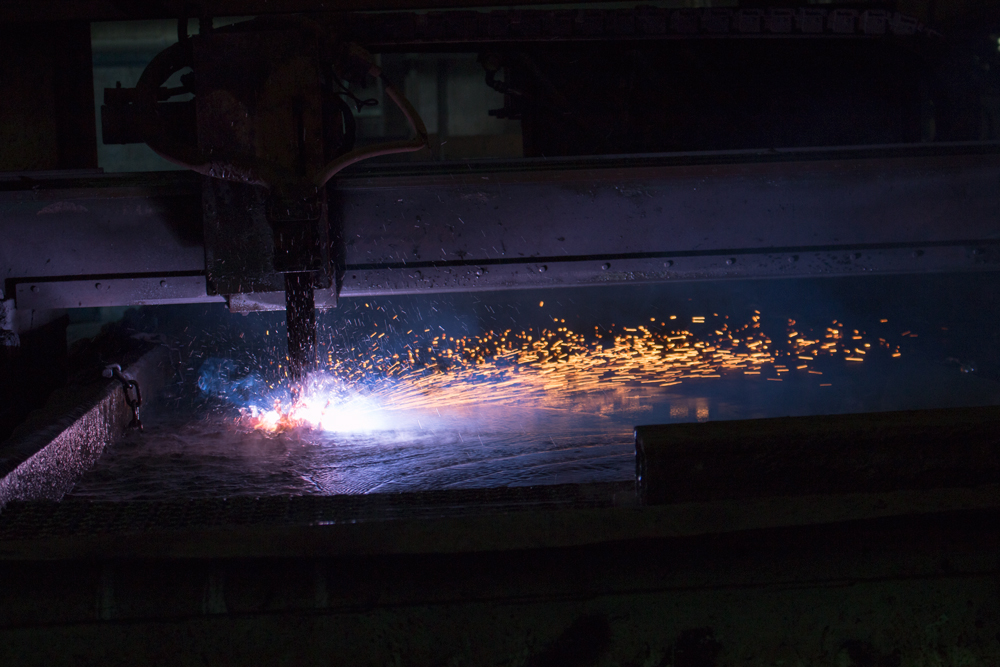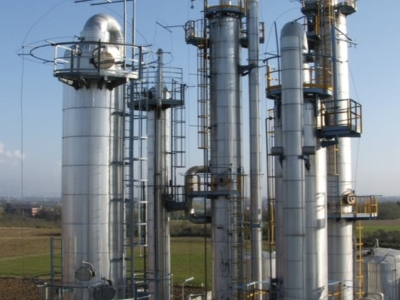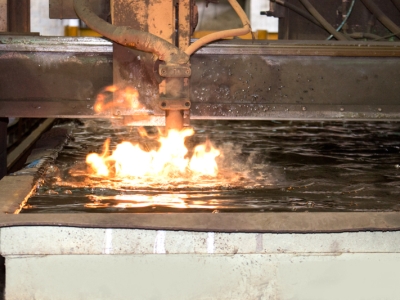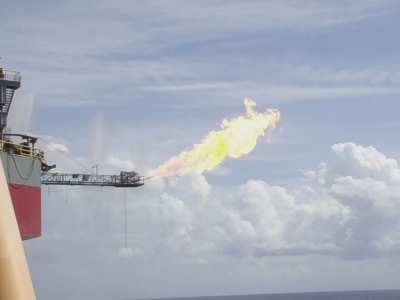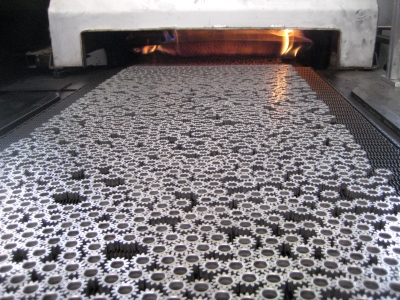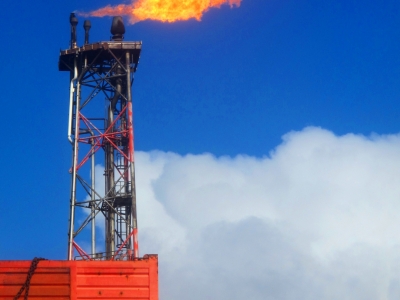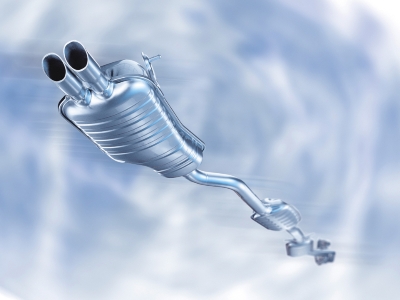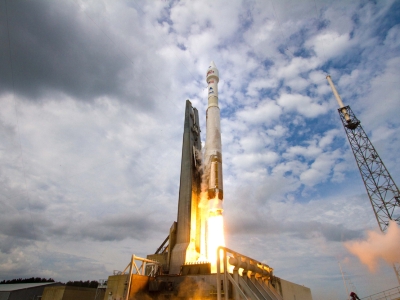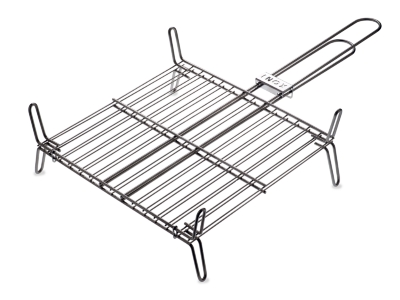High temperature stainless steel corrosion resistance
A thorough analysis of the environment is required and again, the corrosion tables should be used as a guide only. Note must be taken of contaminants such as Sulphur (S), Hydrogen Sulphide (H2S), Vanadium (V) or Chloride (Cl-) in the fuels or environments.
In oxidising conditions at medium - elevated temperatures a protective oxide will be formed which, even in the presence of Sulphur, may be protective. At higher temperatures (>850ºC) the surface film may break down with a sudden increase in scaling. Under extreme conditions of high temperature and corrosion a protective film may not even form.
A brief overview of high temperature conditions is given below:
OXIDATION
In non-fluctuating temperature (isothermal) service, the oxidation resistance of stainless steel depends on the Chromium content. Steels with less than 18%Cr are limited to temperatures of about 800ºC; those between 18-20%Cr are useful to 920ºC to and above 1100ºC a minimum of 25%Cr is required. In many applications, conditions are not isothermal and spalling of the oxide from the base metal can occur due to differences in expansion/contraction between the metal and its oxide. It is thus necessary to consider the figures quoted for “intermittent” operations for these applications. Additions of Nickel (Ni) to steel improve its spalling existence by reducting the differences in the coefficient of expansion of the oxide and base metal.
SULPHIDATION
Sulphur (S) in various forms, even in small quantities, accelerates corrosion in many environments. Sulphur Dioxide (SO2), Hydrogen Sulphide (H2S), and Sulphur (S) are the most corrosive forms with Sulphur vapour and H2S being the most aggressive. Sulphur (S) at high temperatures (>850ºC) forms metal Sulphides with lower melting point temperature than their oxide counterparts. These Sulphides do not produce protective films and high corrosion rates result. Resistance to Sulphidation depends on Chrome and Nickel content.
HYDROGEN SULPHIDE
Low Chromium steels adequately resist attack in relatively low H2S levels. In applications involving high hydrogen pressures, a minimum of 17%Cr is required. The Austenitic grades have been successfully used in H2S environments - the scaling rate increasing with increasing H2S concentration and temperature.
SULPHUR VAPOUR
Sulphur vapour readily attacks the austenitic (Cr-Ni) and ferritic (Cr) grades at temperatures approaching 540ºC. Higher Cr-Ni grades such as grade AISI 310 give good service between 550 and 650ºC.
